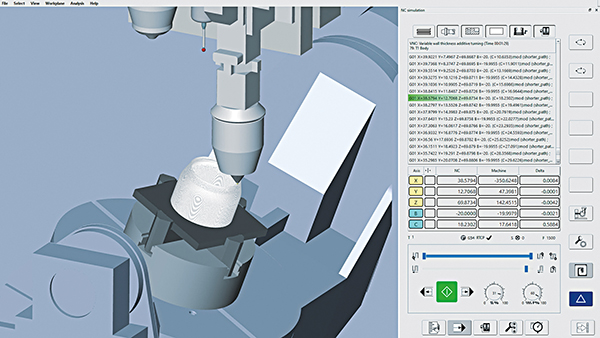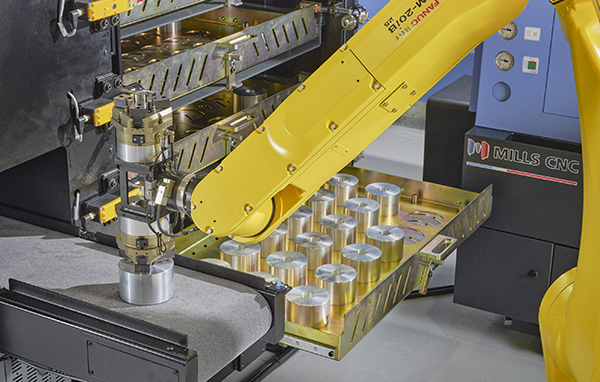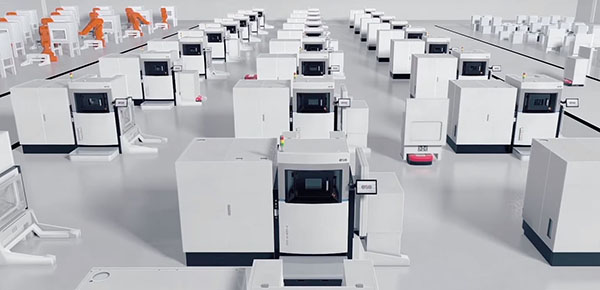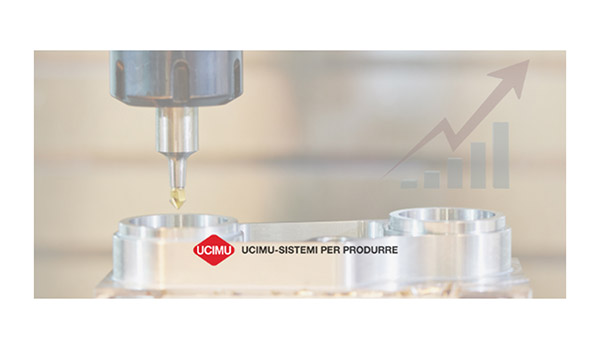
Open Mind Technologies will be giving a UK exhibition premiere to the latest version of its hyperMILL CADCAM software. Version 2022.1 incorporates more features, optimised strategies and a host of major enhancements for more powerful and simplified machine and controller-independent NC programming. On Stand B210, experts will demonstrate optimisations that include enhancements to the five-axis strategies in Virtual Machining. These improvements provide users with better results in terms of surface quality, new options for 2D functionality as well as efficient innovations in electrode manufacturing.
For further information www.openmind-tech.com























